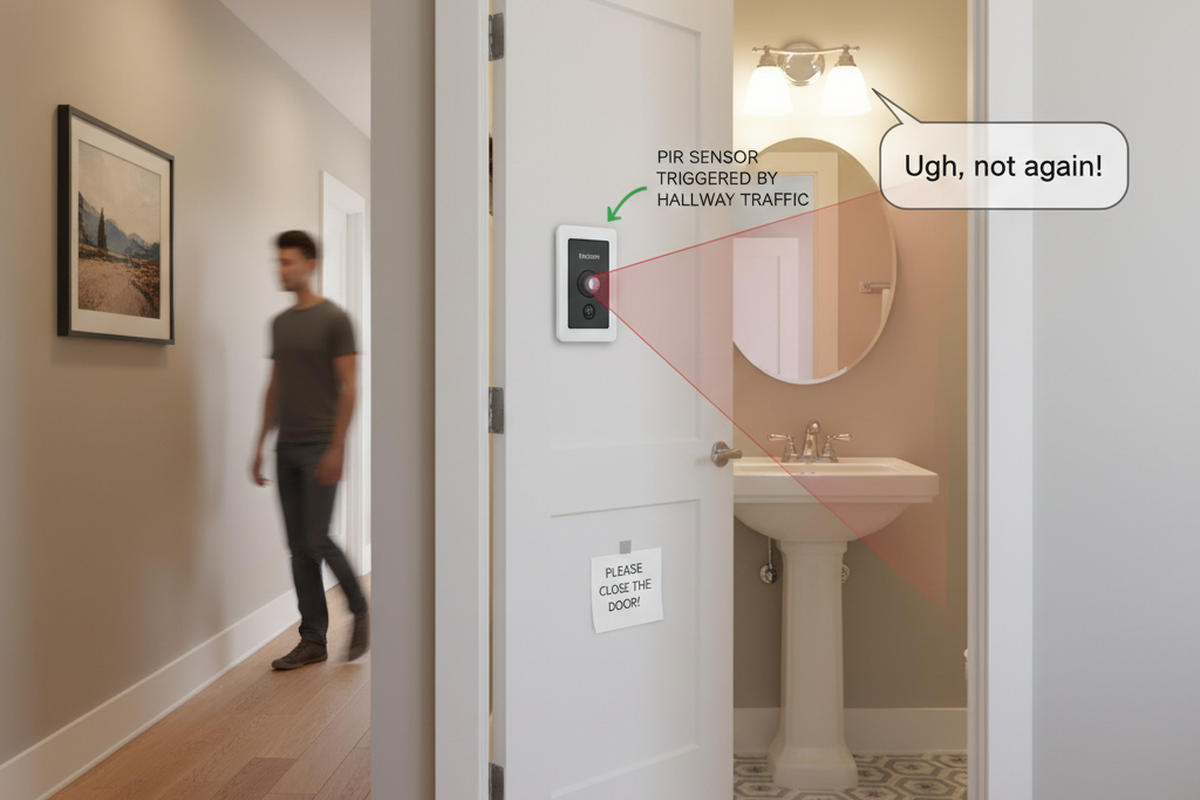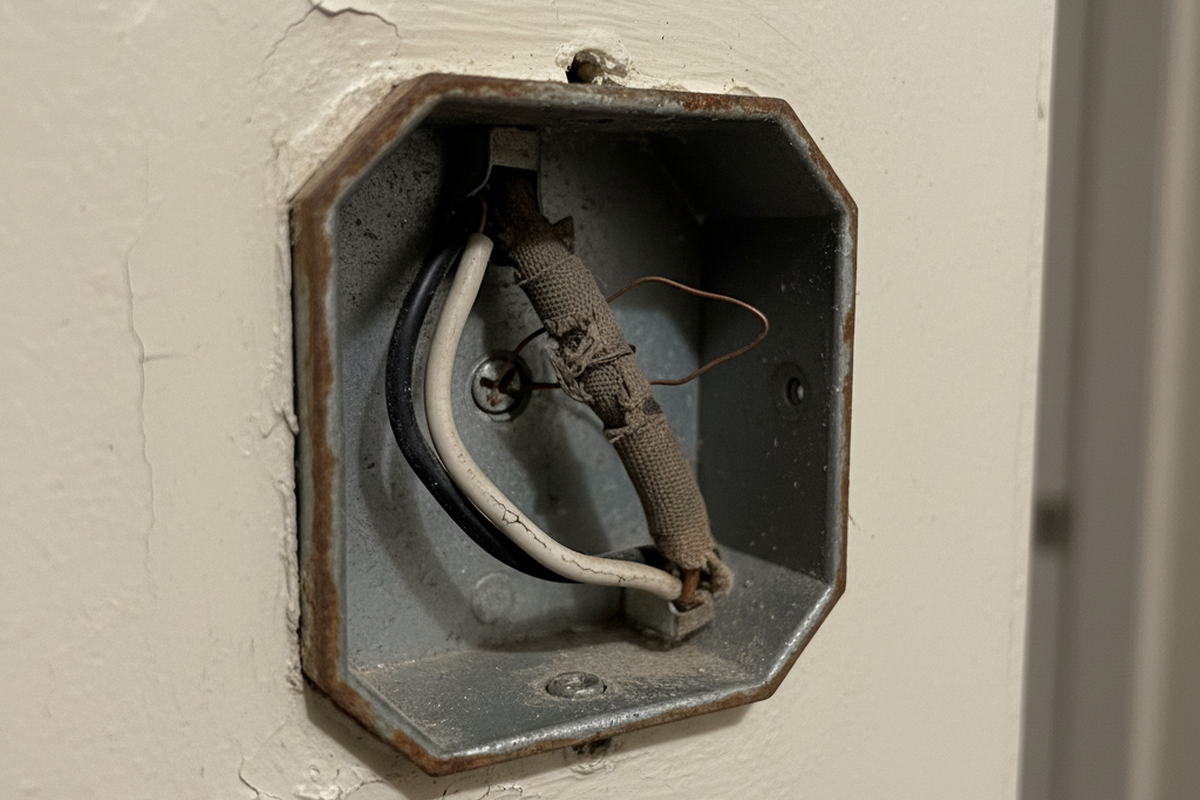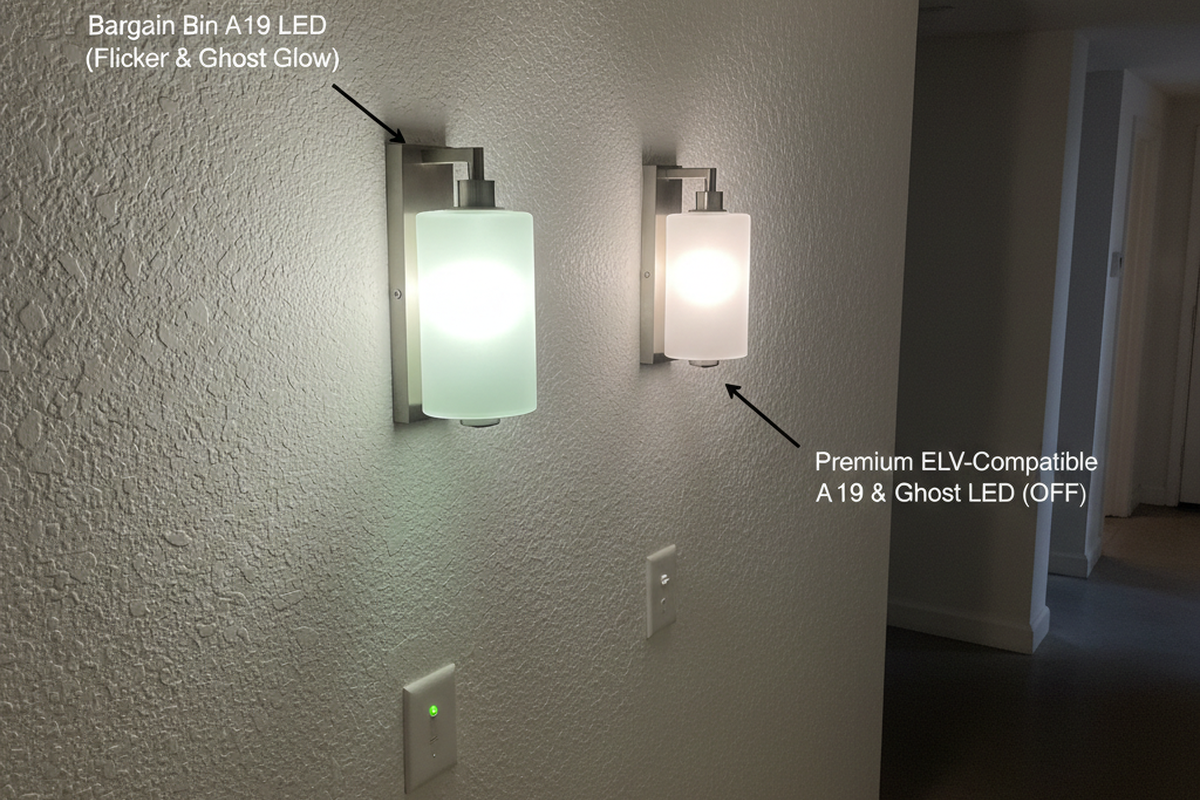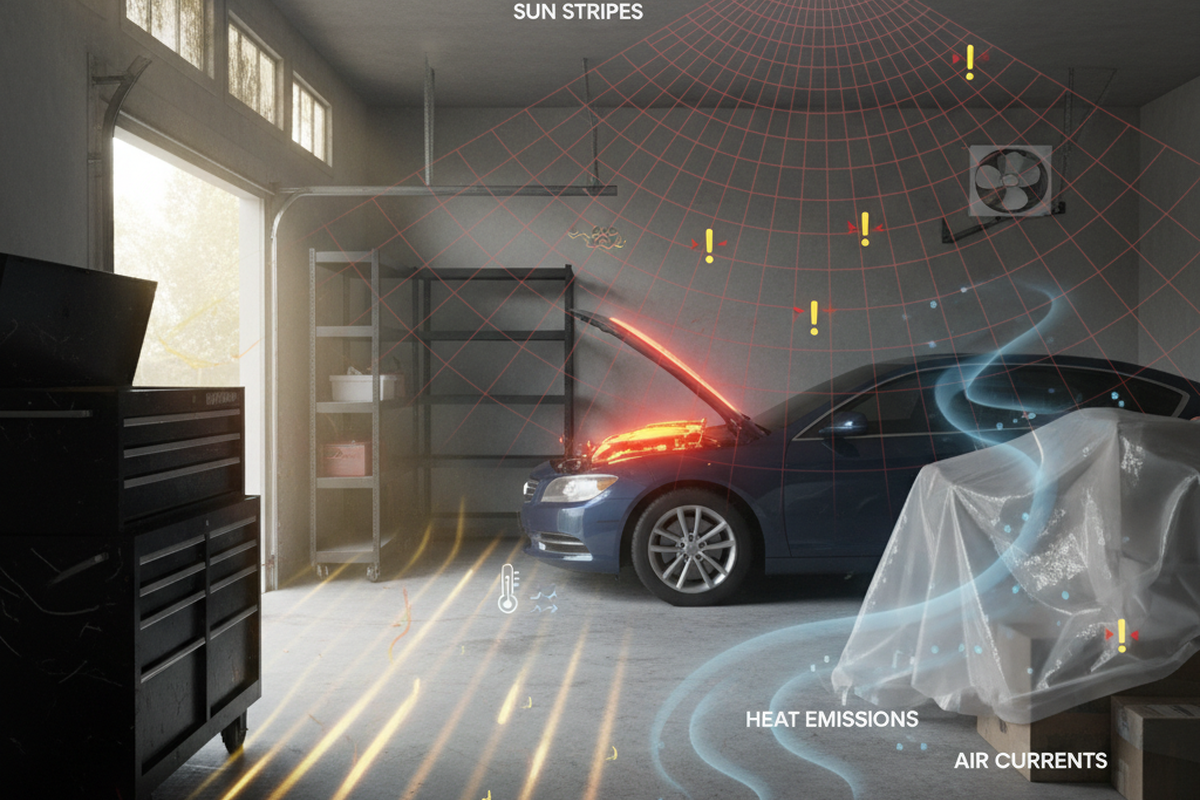What is Passive Infrared (PIR)
Passive Infrared (PIR) is a type of motion sensor that detects variations in infrared radiation. PIR sensors are commonly used to detect the presence of people or animals by sensing the heat emitted by their bodies. Unlike active sensors, PIR sensors do not emit any signals themselves but instead passively receive and analyze the infrared radiation in their coverage area.
Get Inspired by Rayzeek Motion Sensor Portfolios.
Doesn't find what you want? Don't worry. There are always alternate ways to solve your problems. Maybe one of our portfolios can help.
A PIR motion sensor consists of two main components: a pyroelectric sensor and a Fresnel lens. The pyroelectric sensor measures the changes in infrared radiation it receives and converts them into electrical signals. The Fresnel lens, made up of concentric rings, helps amplify the infrared radiation before it reaches the pyroelectric sensor, allowing for more accurate detection.
When a PIR motion sensor is activated, it performs a calibration to establish the baseline levels of infrared radiation in its environment. It then continuously monitors for significant variations in the radiation levels, indicating the presence of movement. If a significant change is detected, the sensor triggers a specific action, such as turning on lights or activating an alarm.
PIR sensors are commonly found in automatic lighting systems, where they ensure that lights are only activated when necessary, thus saving energy. PIR sensors are also used in automatic opening systems, such as doors and barriers, to detect movement and trigger their operation. In security systems, PIR sensors play a crucial role in detecting the presence of intruders and activating alarms or recording devices.
Looking For Motion-Activated Energy-Saving Solutions?
Contact us for complete PIR motion sensors, motion-activated energy-saving products, motion sensor switches, and Occupancy/Vacancy commercial solutions.
PIR sensors should be placed in areas free from obstacles that could hinder their operation, and the angle and distance should be adjusted to achieve maximum coverage. Additionally, settings such as the number of pulses emitted by the sensor and the detection distance can be adjusted to suit specific requirements.









